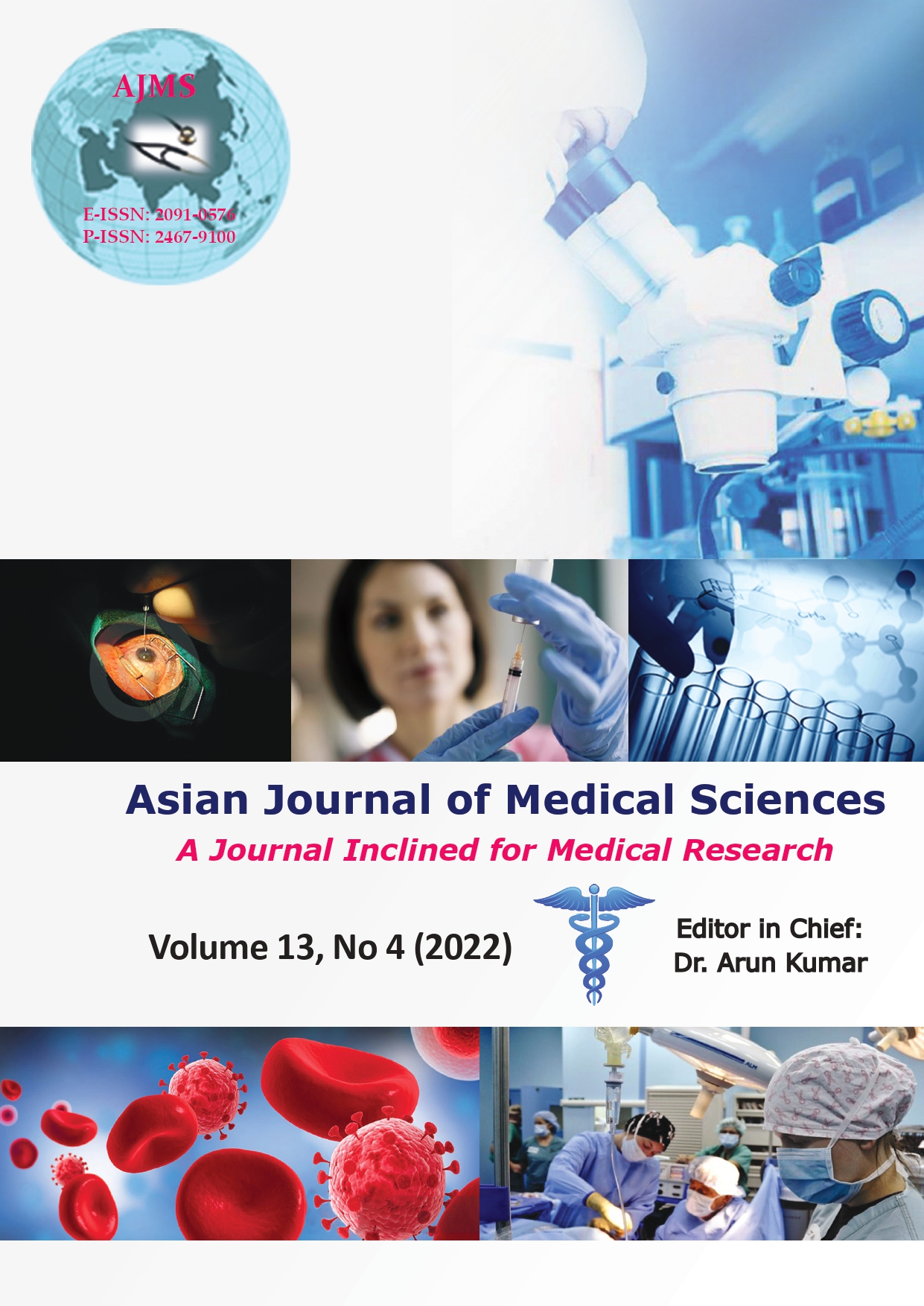Efficacy of the P-POSSUM scoring system in prediction of post-operative mortality and morbidity in patients undergoing emergency exploratory laparotomy in a tertiary institute in East India
Keywords:
Hosmer-Lemeshow test, Logistic regression, Observed morbidity, Observed mortality, Operative score, Peritonitis, Physiological score, Predicted morbidity, Predicted mortality, Risk scoringAbstract
Background: The tenet of any surgery is to reduce the morbidity and mortality. The outcome is not solely dependent on surgeon’s operative expertise alone, but also significantly influencedby a lot of patient factors. The Physiological and Operative Severity Score for the enUmeration of Morbidity and Mortality (POSSUM), a risk-adjusted scoring system, has already been used in various parts of India. There is scarcity of published research using this tool in the population of Eastern India.
Aims and Objectives: The aim of the study was to determine the efficacy of modified version Portsmouth-POSSUM (P-POSSUM) scoring system in predicting the postoperative morbidity and mortality in population of East India.
Materials and Methods: The study was carried out in 50 patients of either gender, of age group 13–80 years, undergoing emergency laparotomy and followed up to 30-day post-operative follow-up of all patients till the sample size of 50 was reached. The physiological scores were recorded during admission and the operative severity score was recorded according to the intra-operative findings of operating surgeon. Any post-operative morbidity or death was recorded during hospital stay or on follow-up for a period of 30 days. The Hosmer–Lemeshow test was used for goodness-of-fit in logistics regression for mortality risk prediction model. The ratio of observed and expected rates (O: E ratio) was calculated.
Results: Using the scoring tool, no significant difference was observed between the expected and observed mortality (Chi-square 2.166; df=8; P=0.976, O: E ratio 1.4) but a considerable difference was observed between the observed between the expected morbidity rates (χ²=22.806, df=8, P=0.004, O: E ratio 1.137).
Conclusion: The P-POSSUM score was able to accurately predict the mortality in Eastern India surgical settings. However, the model was not that accurate in prediction of morbidity.
Downloads
Downloads
Published
How to Cite
Issue
Section
License
Copyright (c) 2022 Asian Journal of Medical Sciences

This work is licensed under a Creative Commons Attribution-NonCommercial 4.0 International License.
Authors who publish with this journal agree to the following terms:
- The journal holds copyright and publishes the work under a Creative Commons CC-BY-NC license that permits use, distribution and reprduction in any medium, provided the original work is properly cited and is not used for commercial purposes. The journal should be recognised as the original publisher of this work.
- Authors are able to enter into separate, additional contractual arrangements for the non-exclusive distribution of the journal's published version of the work (e.g., post it to an institutional repository or publish it in a book), with an acknowledgement of its initial publication in this journal.
- Authors are permitted and encouraged to post their work online (e.g., in institutional repositories or on their website) prior to and during the submission process, as it can lead to productive exchanges, as well as earlier and greater citation of published work (See The Effect of Open Access).




